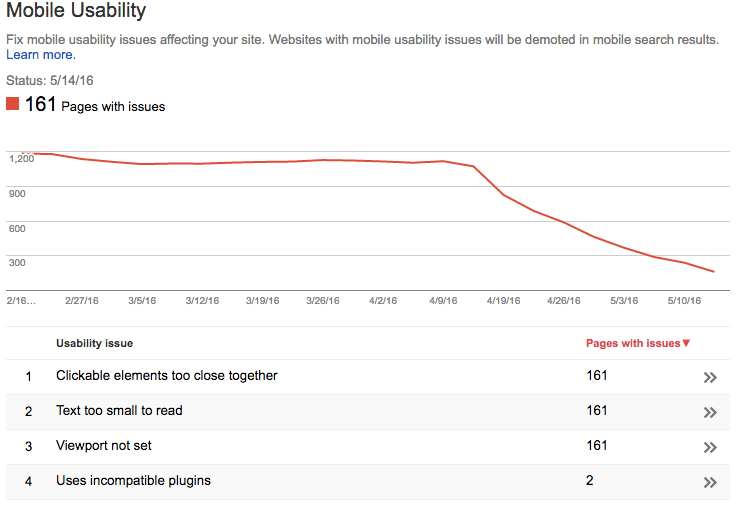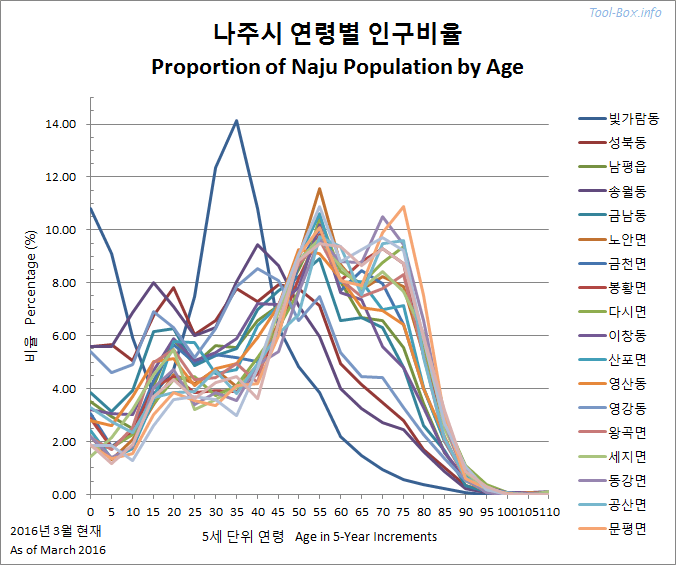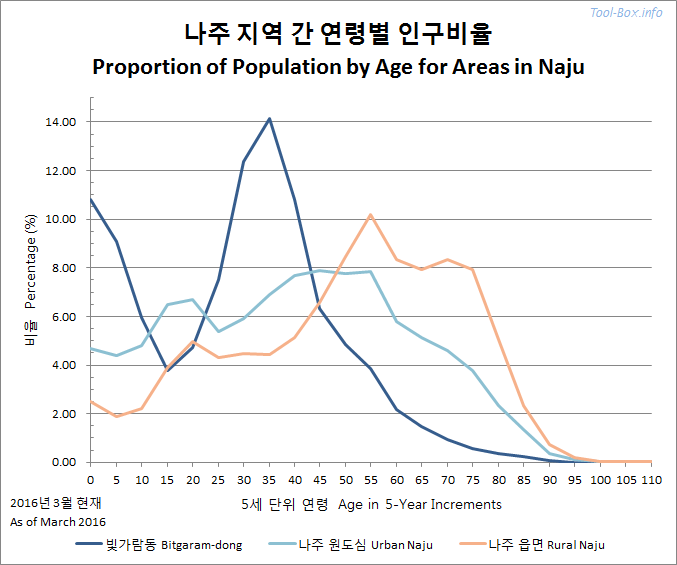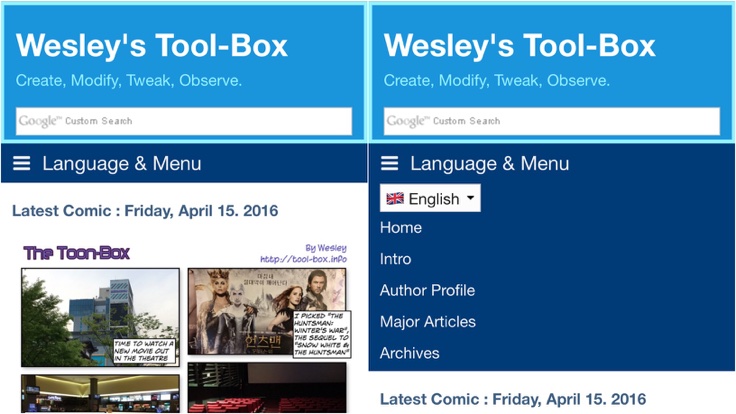Server upgraded to macOS Sierra
Posted by Wesley on
With major tasks at the workplace wrapped up, I decided that the National Foundation Day holiday would be a good time to upgrade the Mac mini server from El Capitan (OS X 10.11) to Sierra (OS X macOS 10.12). For a warm-up, I upgraded the MySQL Server installation from 5.6 to 5.7 before that, but I ran into some weird issues and took about an hour to resolve. After getting MySQL to work again, I made a full system backup and installed Sierra. With the new OS in place, I restored the server configuration and now you see that the website is back in action. iPhone 7 review will resume shortly.



